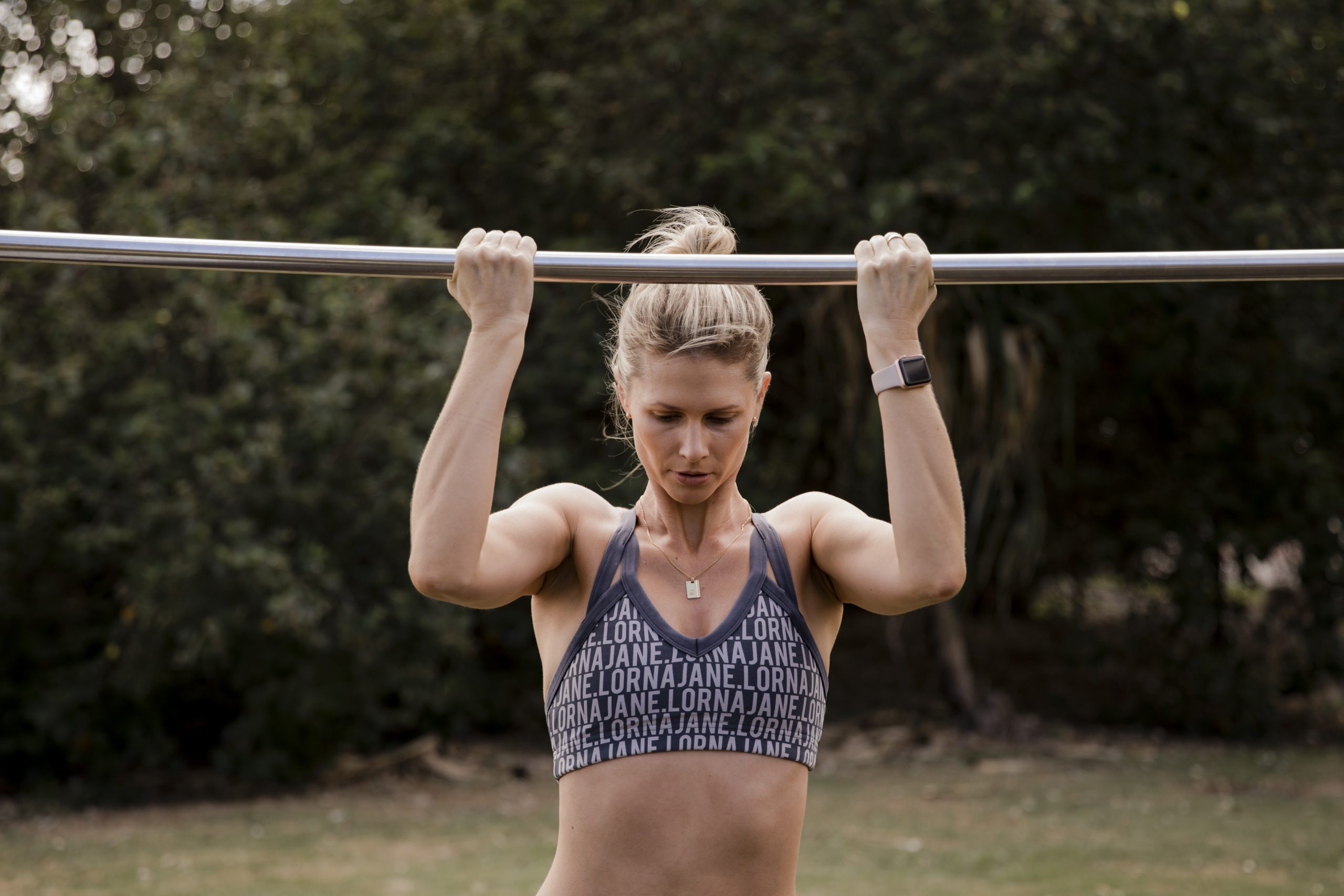Caffeine for Performance What is caffeine? Caffeine is the most widely consumed psychoactive substance, and…
What is energy availability?
The food we fuel our body with every day forms our daily energy intake, which is the energy used to complete all of our daily tasks, including exercise & training. After the cost of exercise is taken into account, the energy leftover from our daily intake is used for our basic physiological functioning. This is known as energy availability, and powers tasks such as metabolic functioning, thermoregulation, immunity, menstrual function, growth and reproduction. 
What happens if our energy availability isn’t balanced?
Let’s think of this in terms of cost. If you get paid $100 (energy intake) and you spend $50 on clothes (exercise cost), it would leave you with the $50 you need to pay your rent (physiological functioning). However, let’s say you spent more than usual on clothes (higher exercise cost), or you didn’t get paid as much (lower energy intake), you wouldn’t have enough money to pay rent (physiological functioning)! This is known as low energy availability (LEA). In short, if your daily energy intake is insufficient, or your training load is increased with the same energy intake, you won’t have enough energy budgeted for basic physiological functioning. Being in a state of LEA over a long period of time can have significant impacts on health and performance.
What are the effects of LEA on health?
LEA underpins the concept known as Relative Energy Deficiency in Sport (RED-S). This condition has been linked to serious implications to health, including impaired menstrual function, poor bone health and reduced immunity. The figure to the right explores the various consequences of having inadequate energy available for basic physiological functioning.
In addition to the implications to health, LEA can also have detrimental impacts upon performance, including increased injury risk, decreased response to training stimulus and decreased muscle strength.
Who is at risk of developing LEA?
You may be more at risk of developing LEA if any of the following apply to you:
- Changes to training or competition load, or short turnaround between trainings/competitions
- Inadequate energy intake
- Nutritional barriers (lack of skills, time or money for preparation and planning of meals
- Poor understanding of individual energy needs for your sport
- Disordered eating
- Body image concerns
- Sport-specific aesthetic demands
- Lack of nutrition support
In summary, under fuelling, or overtraining, will leave you with inadequate energy for basic physiological functioning, which can have detrimental effects on both your health and performance. If you are feeling tired/fatigued, have noticed a decrease in performance, low libido, are female and having irregular periods, or having problems concentrating or frequent injuries, you may be in a state of LEA. Book in for an assessment to speak to one of our accredited sports dietitians to learn more about meeting your individual energy needs for your training.
References
Australian Sports Commission. (2022). Energy Availability. Australian Institute of Sport. Viewed 15th March 2022, https://www.ais.gov.au/nutrition/additional-resources#causes_of_low_energy_availability
Keay, & Francis, G. (2019). Infographic. Energy availability: concept, control and consequences in relative energy deficiency in sport (RED-S). British Journal of Sports Medicine, 53(20), 1310–1311. https://doi.org/10.1136/bjsports-2019-10061
Márquez, & Molinero, O. (2013). Energy availability, menstrual dysfunction and bone health in sports: an overwiew of the female athlete triad. Nutrición hospitalaria : organo oficial de la Sociedad Española de Nutrición Parenteral y Enteral, 28(4), 1010–1017. https://doi.org/10.3305/nh.2013.28.4.6542
Mountjoy, Sundgot-Borgen, J. K., Burke, L. M., Ackerman, K. E., Blauwet, C., Constantini, N., Lebrun, C., Lundy, B., Melin, A. K., Meyer, N. L., Sherman, R. T., Tenforde, A. S., Klungland Torstveit, M., & Budgett, R. (2018). IOC consensus statement on relative energy deficiency in sport (RED-S): 2018 update. British Journal of Sports Medicine, 52(11), 687–697. https://doi.org/10.1136/bjsports-2018-099193
Valliant. (2016). The Female Athlete Triad and Relative Energy Deficiency in Sport: Knowledge of Both Can Improve the Health of Female Athletes. Strength and Conditioning Journal, 38(2), 35–39. https://doi.org/10.1519/SSC.0000000000000201



